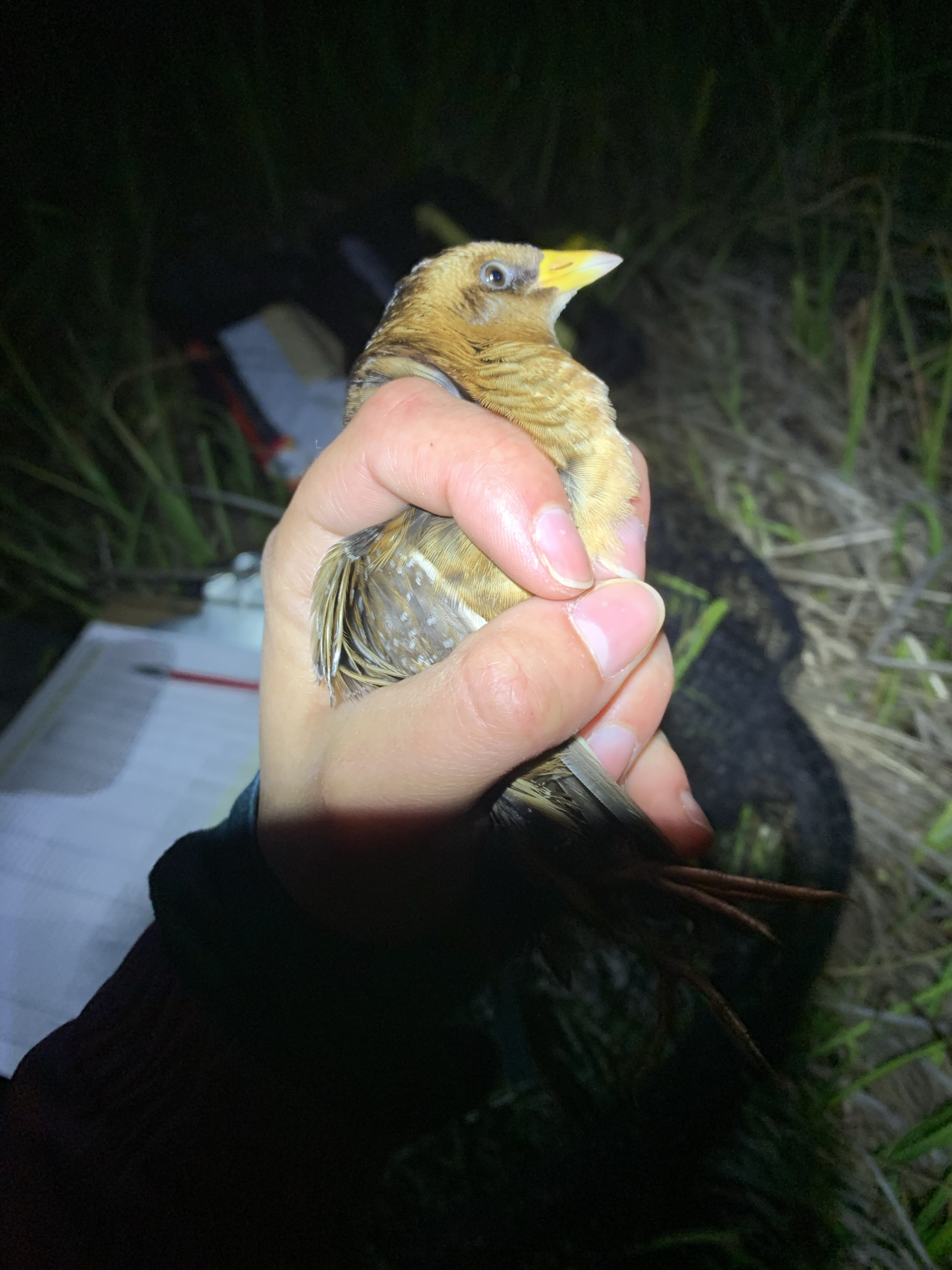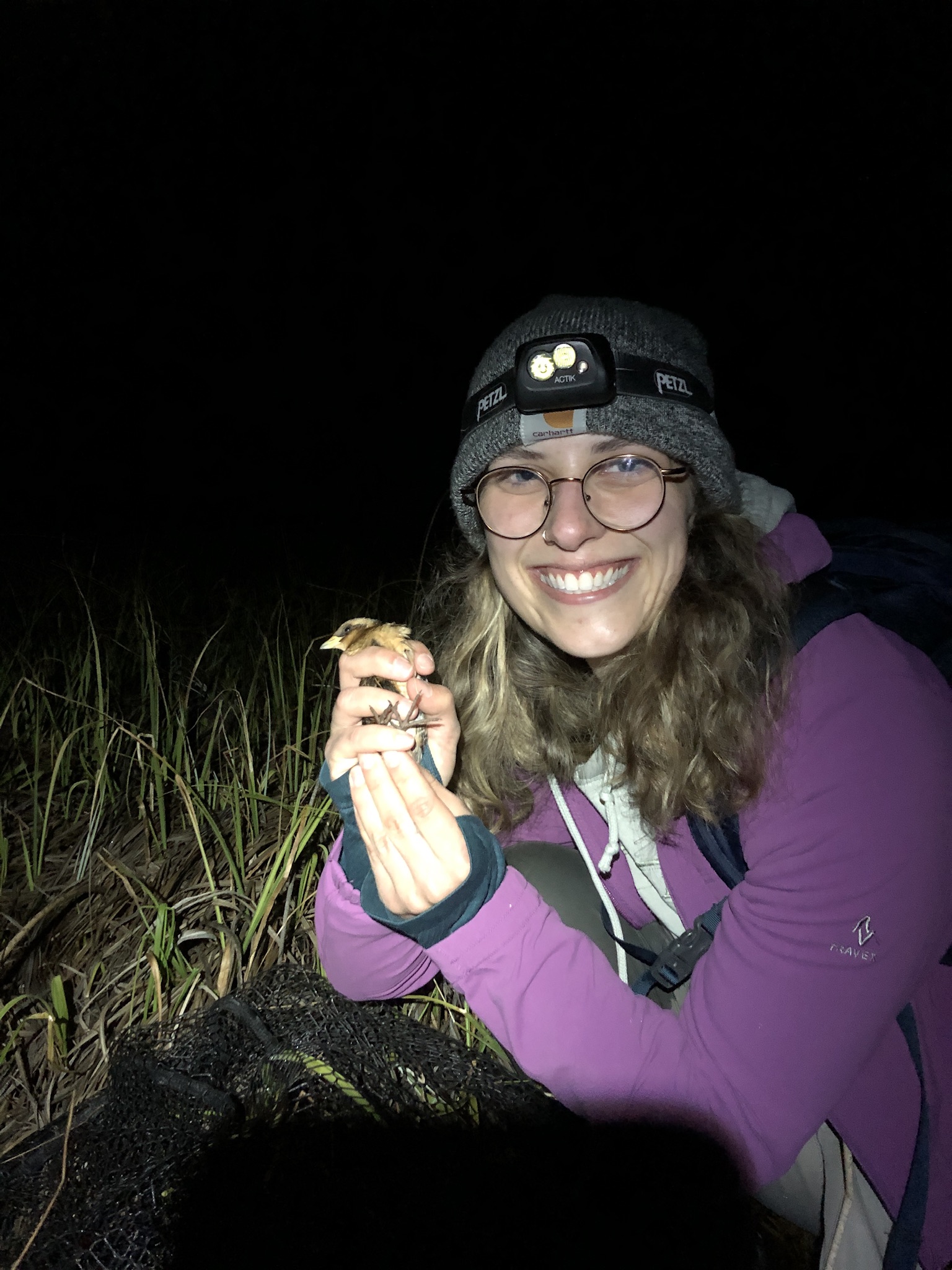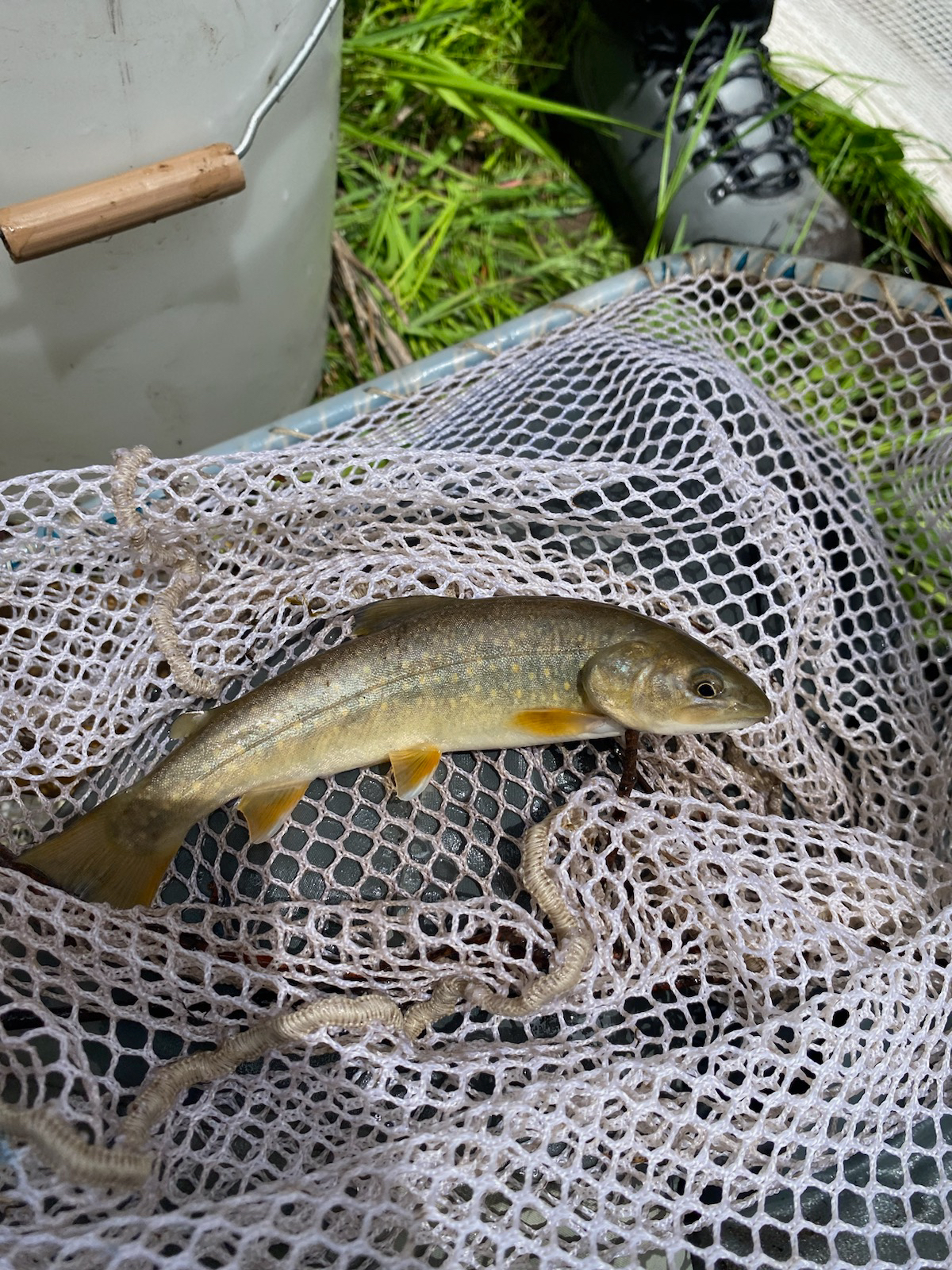When I received my offer letter from Chicago Botanic Gardens to work with U.S. Fish & Wildlife Service in Klamath Falls, OR, I was beyond enthralled! Coming from Omaha, NE, I had never experienced a landscape quite like southern Oregon. Knowing I was going to have an whole summer dedicated to studying an entirely new range of species was my sole motivator for making the twenty-two hour trek out here.
My first project started the week of May 8th, where another intern, Loretta, and I, had the opportunity to conduct yellow rail (Coturnicops noveboracensis) surveys within the Klamath Marsh. These small birds, only a few inches in length, reside in grassy marshes and due to their brown and yellow coloration, are difficult to see from the naked eye. Due to the decline in population, rail surveys are important indicators of the health of the marsh. In order to attract yellow rails, we had to create a series of clicking noises with stones (a technique that was difficult to perfect) which lured male rails toward our net. After they were trapped, we carefully handled the bird using a bander’s grip, shown below.

We then placed a silver band around their leg, measured the length of each bird’s wing, tail, tarsus, and culmen. In the end, we surveyed 30 birds throughout the course of three nights. It was a rewarding first project that I was grateful to be a part of!

After a week of rail banding, I spent the remainder of May working with the FWS hatchery crew. The hatchery’s main focus is to restore lost river and shortnose sucker (Deltistes luxatus and Chasmistes brevirostris) populations within Upper Klamath Lake. Larvae from both populations are collected at the mouth of the Williamson River, which feeds into Upper Klamath Lake. The larvae are then brought back to the hatchery and, upon successful survival, will be released once they have matured.
A bulk of our summer has consisted of monitoring bull trout (Salvelinus confluentus) populations at Deming Creek and removing brook trout (Salvelinus fontinalis) populations from Callaghan Creek. Bull trout populations have significantly declined from habitat loss and degradation, which is why they are listed as a threatened species under the Endangered Species Act (ESA). Brook trout are an invasive species throughout the Upper Klamath Basin (UKB) because they are out-competing bull trout for vital resources. In order to restore the health of waterways, brook trout removal and bull trout re-introduction must be conducted.
Species monitoring and removal are completed with backpack electroshockers, which are designed to temporarily shock the fish while mitigating harm. For bull trout monitoring, electrofishing gives us the ability to easily record measurements and other useful data that indicates the health of the fish. Below is a picture of a healthy brook trout found at Deming Creek.

Aside from species’ monitoring, electrofishing allows us to capture and remove as many brook trout as possible. At first, I was quite uncomfortable with removing up to 300 brook trout a day, however, I have begun to recognize the importance of invasive species removal.
Outside of fieldwork, I have been able to connect with several employees at the Klamath Falls office, all who have been extremely helpful in providing me with ample resources. I am beyond appreciative to be an active participant in the conservation work being performed within the Upper Klamath Basin and I cannot wait to share more updates about my time with FWS!
Maddie Weinrich
